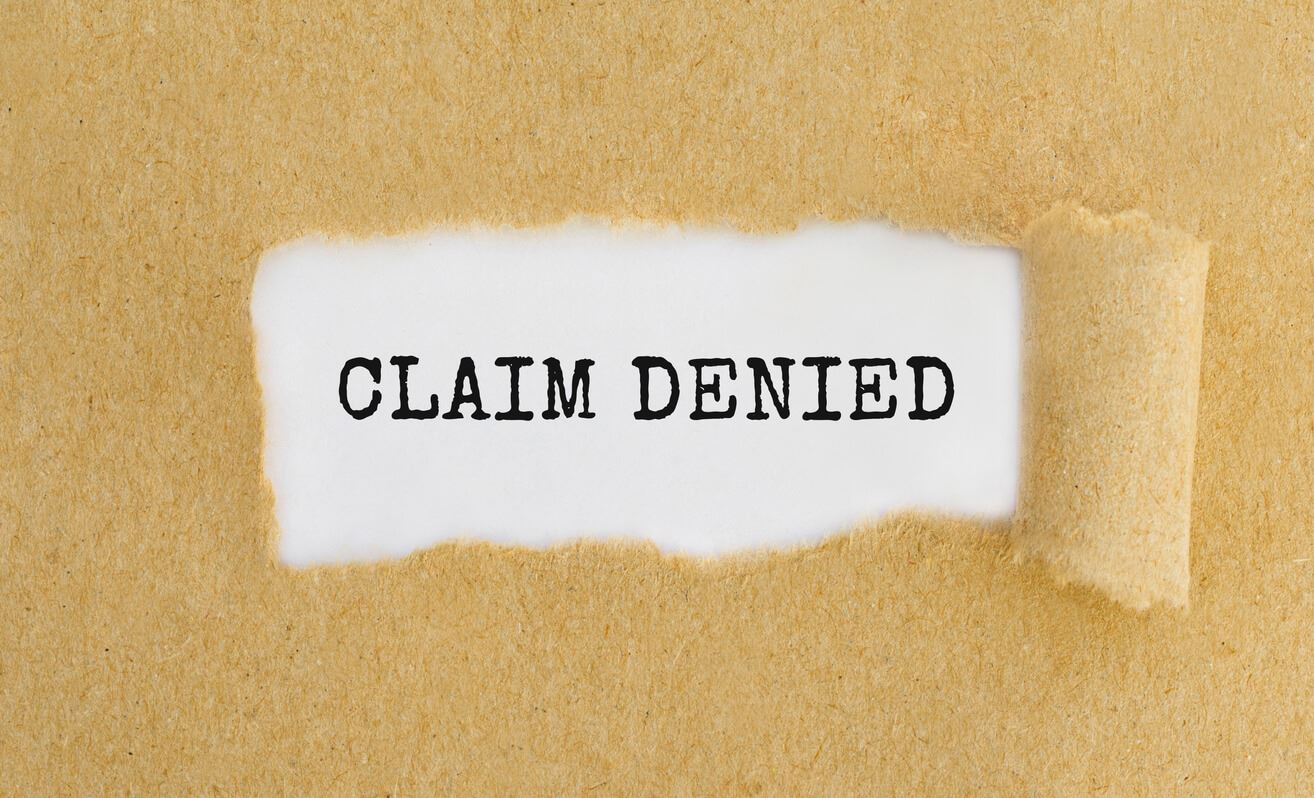

If you have a long-term disability policy, it probably has a few outlined clauses including pre-existing conditions. While it’s not uncommon for policies to have limitations, it’s important to understand how a pre-existing clause can affect a long-term disability claim later on when you need benefits. Here’s how pre-existing conditions work in long-term disability cases.
Pre-existing conditions are one of the most common reasons for disability claim denials. When reviewing possible pre-existing conditions in long-term disability policies, insurance companies often take a very broad approach in their examination which can lead to a claim being falsely denied.
Even after examining all the facts, insurance companies will find a way to reject a claim and in many cases, it’s done so without merit. When faced with a long-term disability denial, it’s best not to go head to head with the insurance company alone. Most insurance company case managers are well-versed in ERISA laws so, having a long-term disability attorney on your side who knows all the tactics insurance companies use to deny claims can make all the difference.
Insurance companies use the look-back period (three months before your effective insurance date, but in some cases longer) to determine whether or not your injury or illness is a pre-existing condition. The insurance company looks at the following factors related to your illness or injury:
Again, pre-existing conditions are generally defined as any sickness or injury for which you received medical treatment, consultation, care or services, or took prescription drugs, during the three months immediately prior to your effective date of insurance.
Unfortunately, this issue can get very tricky. A disability insurance company may try to connect the condition causing your total disability to a pre-existing condition. For example, you have a stroke that leads to your total disability. Prior to your stroke, you suffered from varying heart conditions during the look back period. As a result of your heart conditions, you undergo treatment and take prescription medication to keep it under control. Months later, you suffer from a stroke that leaves you totally disabled. Your disability insurance company, as part of your claim, does a pre-existing condition investigation and finds that you had been diagnosed and treated for various heart conditions. They deny your claim based on the pre-existing condition exclusion in your policy.
This logic is wholly unfair and unlawful under the disability insurance law. The insurance company’s attempt to create a chain link of conditions leading to your total disability, only to deny your claim is improper. In the example above, the stroke caused the total disability. Any connection to what may have caused the stroke is a far reach and inappropriate.
The “look-back” period is defined by the three months before your effective insurance date (in some cases longer) to determine pre-existing conditions. It’s no secret that insurance companies look for the slightest detail that can give them a reason to deny claims. Since most policies have pre-existing condition clauses, the “look-back” period can be one of the avenues in which they can determine that your illness or injury was pre-existing.
Some long-term disability insurance policies may designate the “look-back period” to be longer than three months.
The waiting period, also known as the elimination period, is the time between the onset of your disability and when you become eligible to receive long-term disability benefits. Your waiting period will begin on the day your disability began, not the day your claim was filed. Even if your application has bee approved, in most cases, you won’t be able to receive your long-term disability benefits until the full completion of the waiting period. While waiting periods usually last 90 days, some can last 180 to 365 days.
Carefully reviewing your long-term disability policy’s exclusions can help you be better prepared when it comes time to file a claim for benefits. Besides pre-existing conditions, the following limitations could be noted in your policy:
Again, insurance companies take a wide-approach when it comes to denying claims over exclusions. Consulting a disability lawyer for any of the above limitations will be in your best interest when filing a long-term disability claim.
Pre-existing conditions clauses appear in nearly all disability insurance policies. It is a common provision that excludes payment of benefits for certain types of disabilities. The typical pre-existing conditions exclusion in disability policies state that benefits will not be paid for a total disability caused by, related to, or contributed to a pre-existing condition. This means that if you have a pre-existing condition that leads to a total disability you may not qualify for disability insurance benefits.
There are many reasons why a long-term disability claim can be denied. The following are the most common:
Long-term disability claims are complicated, and since insurance companies loosely determine pre-existing conditions even after looking at all the facts, many claims get falsely denied. There can be a lot of “red tape” surrounding long-term disability claims in general, and getting erroneously rejected for a pre-existing condition only compounds the complications. When up against a long-term disability claim denial, no matter what the reason, it’s imperative to contact a long-term disability attorney to assist you with an appeal.
If your claim has been denied over a pre-existing condition or any other policy clauses and exclusions, it's critical to contact a disability attorney as soon as possible.
Filing a long-term disability claim can be stressful, especially for those unfamiliar with ERISA laws. If you have been denied long-term disability benefits over a pre-existing condition or have a new claim, we can help. As an experienced ERISA law firm, we can handle all cases throughout the United States. Contact Dabdoub Law Firm today at (800) 969-0488 to schedule a consultation and learn more about your options.